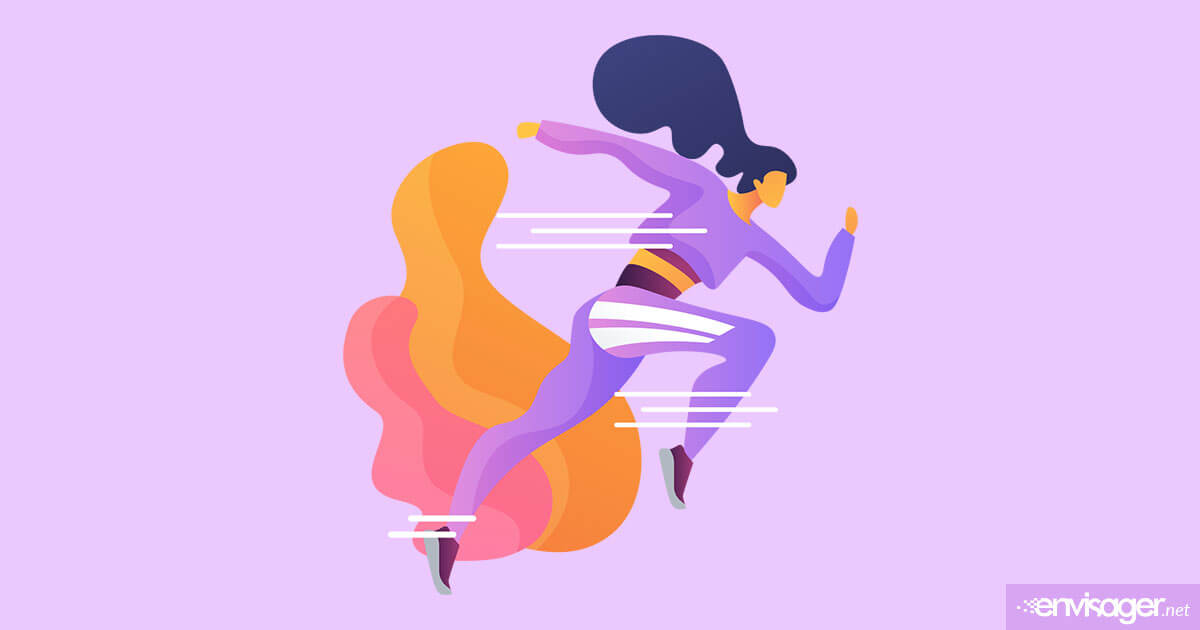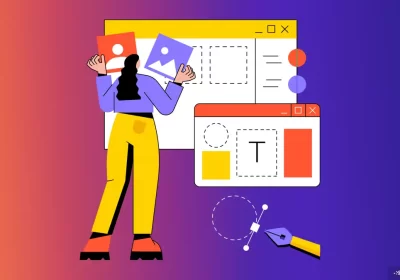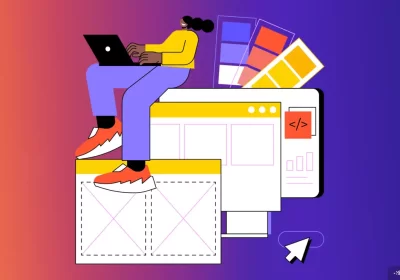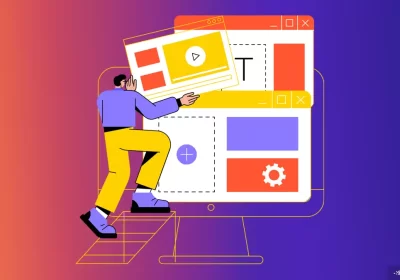CSS Animations For Your Website: 3 Examples with Source Code

CSS animations for your website provide dazzling visual effects that captivate your website visitors. They can even help users of an app or website.
Creative animations don’t have to be difficult to be effective. In fact, subtle CSS effects can be used to improve the user experience by explaining or directing them to something easily and quickly.
From a sudden burst of color to seamless transitions, CSS effects are useful in guiding you through website content. And these elements can effect your overall digital experience as well as how you perceive a brand.
What Is CSS?
CSS is the acronym for Cascading Style Sheets and its code language is used to style the behavior of elements on a web page. In addition to creating animations, it’s useful for positioning elements on a page, and customizing fonts and colors.
Developed in the early 1990s, CSS has evolved from CSS1 to CSS3, the version that’s widely used today. When referring to CSS in this article, we will follow the practices of CSS3.
Like the frame of a car, without which the car cannot exist. But CSS transforms that car with body, tires, motor, paint, and interior fixtures that communicate functionality and unique styling.
The Building Blocks Of CSS Animations
To make on-screen elements move, the CSS code of the animation strings together various properties and values. CSS properties are the pieces such as type of movement, background, font, etc. Values are the details surrounding the animation properties like the speed, length of time, alignment, color, etc.
Let’s look at how values and properties work together for the @keyframe rule.
- Animation-name. The name of the animation.
- Animation-duration. Specifies the length of an animation. The values are generally displayed in seconds (3s, 5s, etc.).
- Animation-delay. Dictates a delayed animation start. Its value is also given in seconds.
- Animation-iteration-count. Shows the number of times an animation should run. The value states how many times you want the animation to repeat. For example, using infinite-alternate will make it go forever.
- Animation-direction. Gives the direction of how the animation should play. Values include alternate, forward, reverse, etc.
- Animation-timing-function. Dictates the speed curve. Some of the values are ease-in-out for a smooth start and end, cubic-bezier which generates a complex looking curve, etc.
- Animation-fill-mode. When an element is not playing, this property defines how it should look. One of the values include forward to retain the values set by the last keyframe.
5 CSS Animations For Your Website
Ready to use CSS animations for your website to provide dynamic digital experiences that attract users? Awesome! Check out the animation effects below and feel free to click on the ‘edit with CodePen’ text at top right of each animation to obtain the code you need. Then you can add it to your website’s style sheet.
See the Pen
Simple HTML & SVG Loading Spinners by Stephen Delaney (@sdelaney)
on CodePen.
1. Simple HTML & SVG Loading Spinners by Stephen Delaney
This spinner is a classic loading symbol. The animation also provides an option to integrate a Scalable Vector Graphic (SVG), allowing you to scale the image without quality loss.
See the Pen
Loading Animation by Mohamed Yousef (@Freeps2)
on CodePen.
2. Loading Animation by Mohamed Yousef
A spinning set of colorful teardrop shapes that’s ideal for a logo. Also attractive to watch while you’re waiting for something to load.
See the Pen
The Glowing Loader – Pure CSS Animation by Maxime Rossignol (@Maxoor)
on CodePen.
3. The Glowing Loader – Pure CSS Animation by Maxime Rossignol
This is one of the most creative loading screen options we’ve seen. It gives the viewer lots to look at while waiting for the remaining digital elements to come to life.
Things To Consider Before Using Animations For Your Website
There are a few things to consider before plopping a ton of animations on your website. So, we want to make sure you are aware of these concerns.
When you’re interacting with certain website features while using a phone, these elements can get in the way. Sometimes they even disappear of seem to slow your computer down.
Different browsers and different devices are all built using different technologies. As such, how those technologies interact with code languages can vary. And the same holds true for animations.
For this reason, you will need to make custom adjustments to your animation. Doing so will provide an optimal user experience regardless of the browser or device the user is viewing it on.
Solution: To help identify errors and compatibility issues when creating CSS, use browser developer tools and a CSS validator.
How To Add CSS To Your Website
Each of the above animation is accompanied by CSS, HTML, and maybe some other code that you can paste into your website’s style sheet. Then you can either edit the code before adding to your site or after you’ve added it to make it your own.
However, if you have a custom built website and you’re not familiar with CSS, may be best to let your website designer handle it.
On a different note, you’ve probably noticed from our examples that it takes quite a bit of code to create an animation. For this reason, make sure you having the proper hosting plan that can handle it without slowing down your site. Or other businesses’s sites if you’re using shared hosting. In this case, animations may prove to be more of disadvantage rather than a benefitto your website. Not to mention, your site visitors.

Dr. Amelia Davis
WEB DEVELOPMENT DIRECTOR
Dr. Amelia Royster-Davis is a Doctor of Education and an Instructional Designer. As the Director of Web Development at Envisager Studio, her primary focus is to lead the web development team in building modern, responsive websites. In her spare time, she writes about web development, UI and UX.


